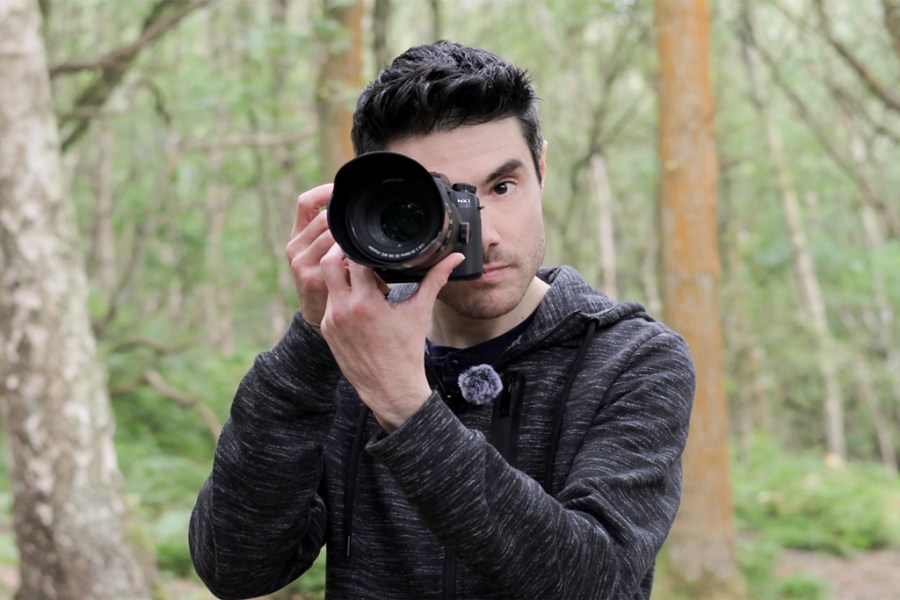When Samsung announced the development of its first mirrorless camera back in 2010, the NX10, I don’t remember feeling especially excited by the concept. This was at a time when Canon and Nikon were still the undisputed kings of the DSLR realm, and Sony was yet to flex its muscles with the mirrorless E-Mount system. If you wanted to be taken seriously as a photographer during that period, a professional DSLR would have been on your wish list rather than this new breed of ultra-lightweight Compact System Camera (CSC). Samsung, therefore, with its short-lived foray into the camera market in partnership with Pentax, didn’t particularly stand out as a competitor.
Samsung NX1 at a glance:
- 28MP APS-C BSI CMOS sensor
- ISO 100-25,600 (standard)
- 15fps continuous shooting
- 4K 30p video recording
- 2.36m-dot, 0.7x EVF
- 1.04m-dot, 3in tilting touchscreen
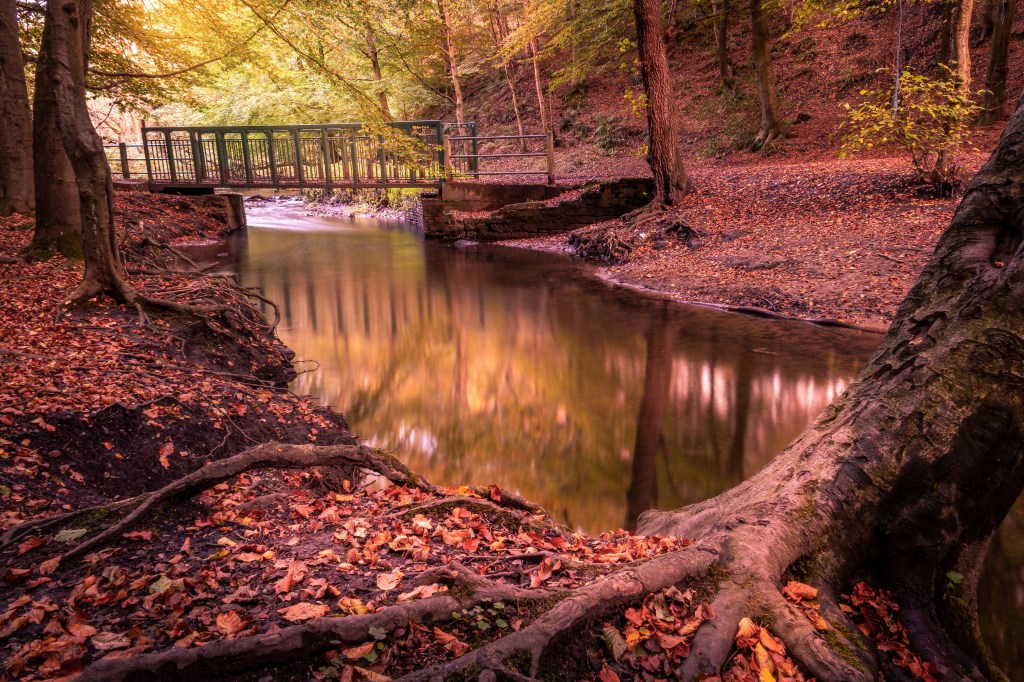
Flash forward a few years, however, and Samsung had proven that it had some tricks up its sleeve. At roughly the same time as this issue of Amateur Photographer goes to press, it will mark eleven years since the release of the Samsung NX1, the system’s flagship camera. A lot had changed in a short time, and suddenly the Korean electronics giant boasted the most advanced mirrorless camera ever made. The advertising material that landed on my desk highlighted the “stunning specification that makes it the world’s fastest and most accurate Interchangeable Lens camera”, which was quite a claim considering the DSLR competition at the time.
While I’m uncertain of the metrics used to calculate this, or even if it was fairly tested against an action-shooting beast like the Nikon D4, reviews of the camera were overwhelmingly positive. It was actually quite some time before I bought mine. I’d acquired a friend’s smaller Samsung NX500 in 2018 and was so impressed, I added the NX1 body later that year. By this point, the NX family had already been quietly discontinued, so why did I bother investing in a dead system? After all, there were some attractive alternative mirrorless options, including the Sony A7R III and Canon’s brand new EOS R, which could only be developed further over the coming years. Aside from the bargain price at which I found my NX1, the specifications were exceptional even by today’s standards. This was a truly professional camera.
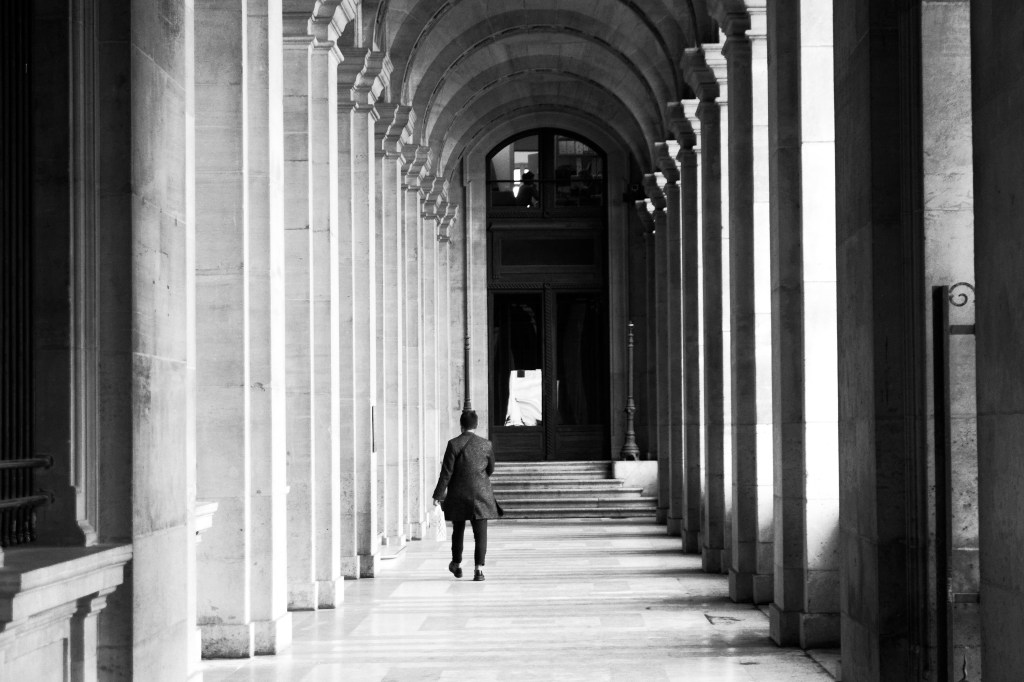
Samsung NX1 – Design and construction
As a photographer whose passion for the medium was forged in the so-called golden age of the Digital Single Lens Reflex camera, perhaps the most attractive aspect of the NX1’s design is its SLR-style handling. It features a deeply sculpted handgrip, something I missed when using the NX500. This creates a far more enjoyable handling experience when using the camera with larger NX-Mount lenses like the 50-150mm F2.8 S ED OIS telephoto zoom. Unlike some of the Sony Alpha cameras, which can seem quite boxy, Samsung opted for smoother curves in the NX1 body. There are almost no straight edges, which makes the camera very comfortable with a heavier optic mounted on the front or when used single-handed.
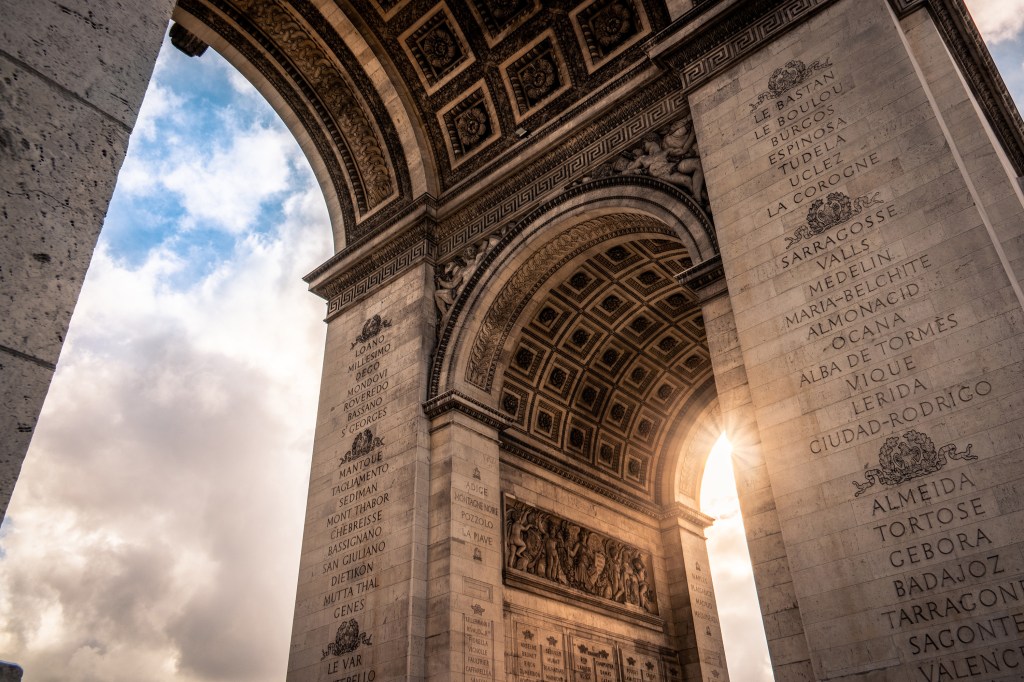
I’ve found the contours make it a joy to handle for long periods, and when shooting on the street, on those occasions when you keep your hands on the controls, poised to capture candid moments at any second. On a far shallower note, they also make the camera attractive to look at, with everything almost perfectly proportioned.
There is definitely still some influence from the Pentax partnership days; the control placement and the shape of the top plate reference the GX-20 DSLR, which was itself based around the Pentax K20D. The buttons are logically distributed across the back of the body, allowing muscle memory to kick in during fast-paced action shooting. Generally, I prefer cameras where the playback and delete buttons are on the same side of the body as the shooting controls, and these are easy to access on the NX1, as are the Menu and AF-ON buttons. There have been occasions when I’ve found the main scroll wheel tricky to operate, though, namely with cold hands or when wearing gloves. The Exposure Compensation and Video Record buttons are also awkwardly placed by the shutter release and are too deeply recessed for my liking, which has led to some fumbling in low-light situations.
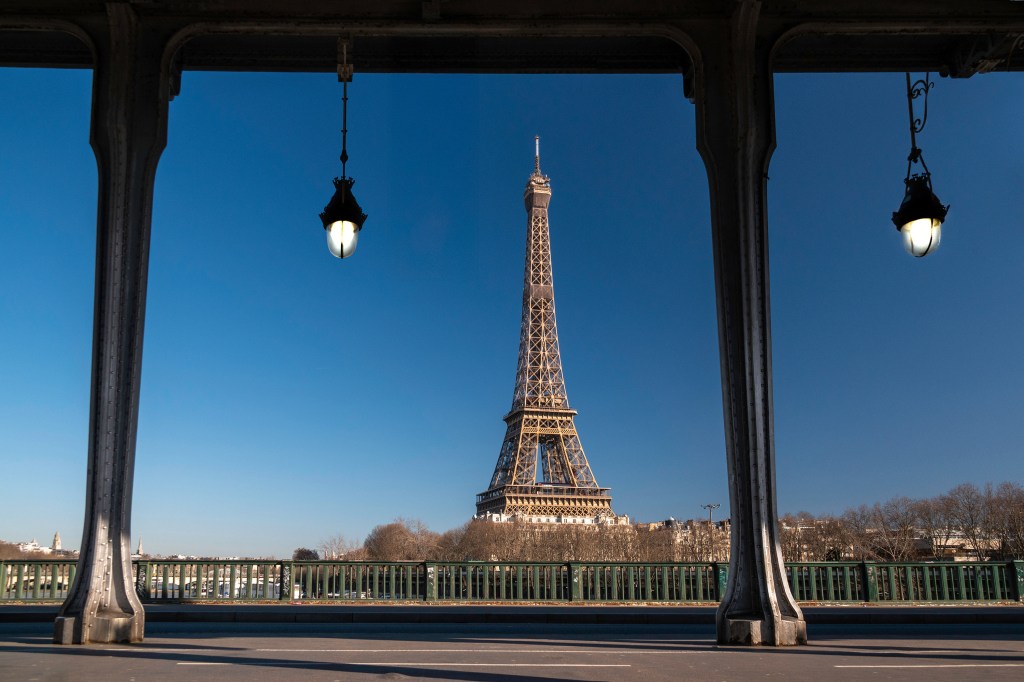
Happily, these are the only complaints I have about the control design. A standout feature is the top-plate LCD information screen, which provides an overview of the current exposure settings and selected shooting modes. It’s an element that is more regularly omitted in mirrorless cameras, so it’s nice to see it making good use of space on the top right of the camera body. I appreciate this when shooting documentary or travel images from-the-hip in a city, when I need to adjust my settings without raising the camera. The NX1 was the first mirrorless model to employ one, and it adds to the professional handling experience.
The two knurled dials are easy to get along with and are allocated roles efficiently. Beside the top LCD screen, you’ll find the lockable exposure mode dial. A click of the central lock button prevents the mode from being accidentally nudged in your camera bag, which is a nice touch. Unlike many entry-level cameras, this dial isn’t overloaded with myriad shooting modes for every occasion. Instead, it features the standard PASM modes, in addition to an Auto mode and two Custom (C1, C2) positions, which can be used to call up pre-saved setting combinations. This makes changing modes without looking significantly easier, as you can memorise the order. This is a bigger deal for event photographers and those shooting in changeable light than is often discussed. Experienced photographers understand that knowing your camera is the single most important step in ensuring consistent results, and simplified shooting modes go a long way to assisting with the familiarisation process. I also have a memory like a sieve, so it’s a boon for my photo ‘hit’ rate and preventing my language from getting too shameful in the field.
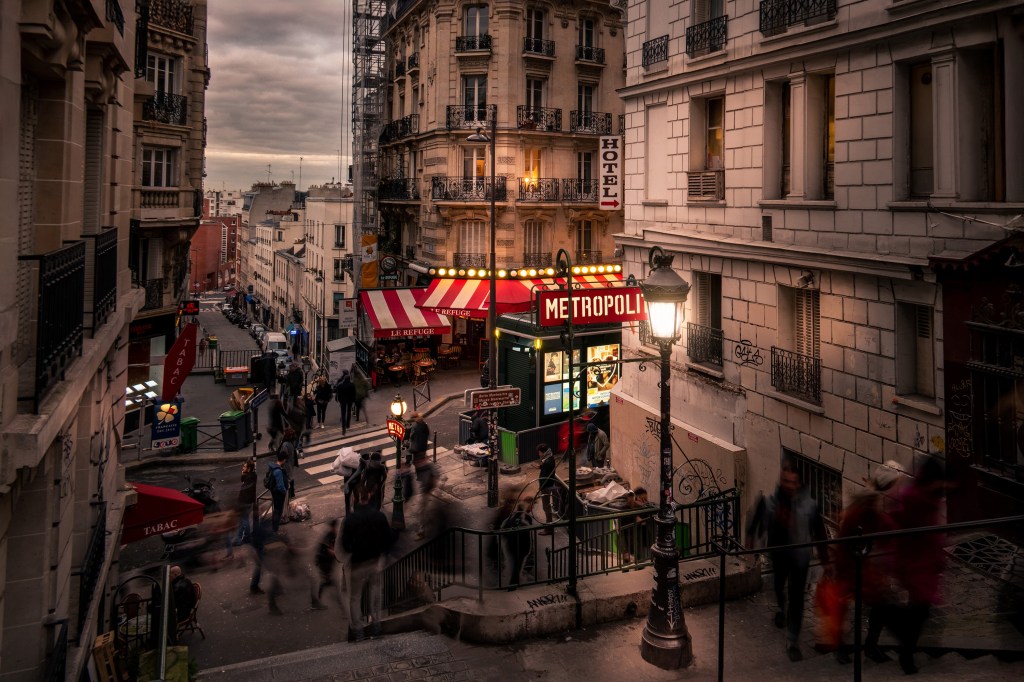
The other dial uses a dual-function design, with dedicated buttons for ISO, White Balance, Metering, and AF Mode selection on the top, surrounded by a rotatable section below. Users of pro Nikon cameras will be familiar with this approach, and it keeps access to important settings at your fingertips, in prominent places on the camera body. I love that Drive modes are present on the rotational dial so that you can switch between Single, Continuous, high-speed Continuous, and Bracketing modes instantly, without having to dive into a menu or hold down another button and scroll through modes on a screen.
Having used the camera for several years, I have often wished for more custom function buttons spread across the camera. There is only one dedicated Fn button, located on the back, directly above the main scroll wheel, and it would have been nice to have a second between the handgrip and lens mount that could be accessed using the middle finger. However, with so many settings represented by physical controls, rather than being hidden in a Q-menu, perhaps that’s just me being picky – an occupational hazard as a camera reviewer, I’m afraid.
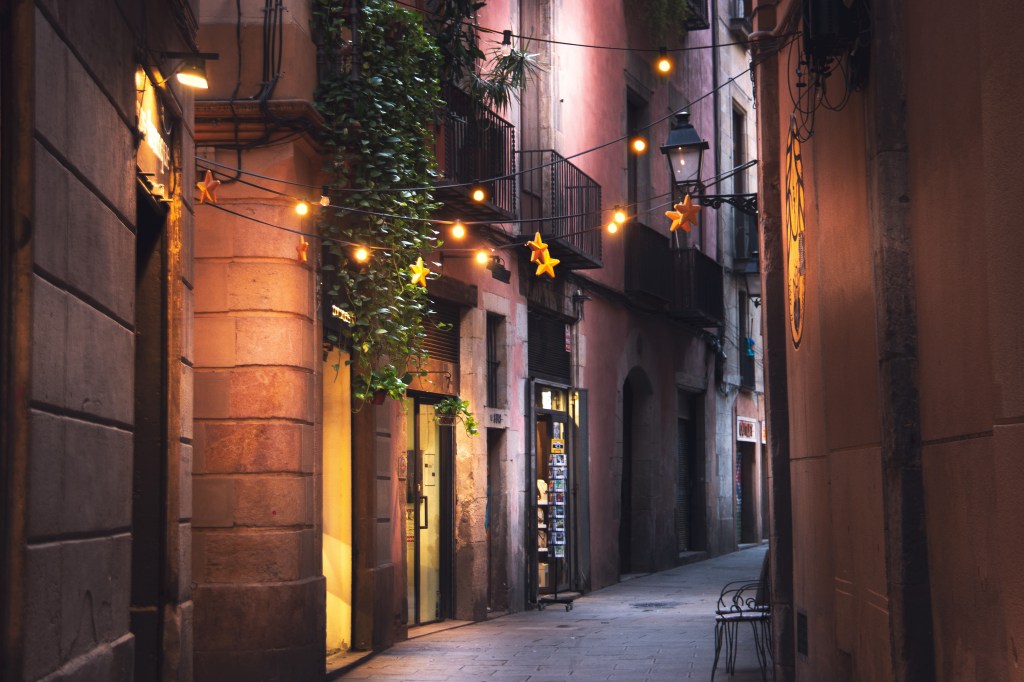
Speaking of the menus, they are surprisingly minimalist for a pro-level camera. This was before the onset of AI-assisted autofocus modes, so while you might not expect the interminable custom sub-menus found in a modern camera like a Canon EOS R5 Mark II or Nikon Z7II, they are undeniably simple. This could be taken as a sign of limited customisation options, but they were good by 2014 standards, and I enjoy the streamlined menu tabs. Once again, it feels as if Samsung has placed all of the NX1’s features and functions close to the surface, which I love.
The build quality itself is excellent, being fashioned from magnesium alloy. This keeps the weight to a minimum while ensuring a robust feel. The body is fully weather-sealed, which I have been able to confirm by shooting in all conditions with the camera; I’ve never been anxious about water ingress, and the NX1 keeps shooting in a range of temperatures. In this respect, it lives up to its positioning as a pro-level model. Samsung clearly built it expecting it to be used by sports and wildlife photographers in the full spectrum of challenging environments.
Samsung NX1 – Features
Speed was definitely the priority when the specification of the NX1 was finalised, and it’s clear that action photographers were the primary target audience. The burst rate clocks in at 15 frames per second when shooting full-resolution images, which still gives modern cameras a run for their money. I was interested to see how the NX1 might compare with its more recent competitors, and Canon kindly loaned me a Canon EOS R7 so that I might examine how much technology has come along in the intervening years. While I had quite a few choices of models with which I could make the comparison, the R7 felt like a natural alternative as a high-resolution, APS-C format camera. The Samsung was aimed at a slightly higher-end market, but as often occurs in camera ranges, technology filters down from the top to enthusiast level as time goes by.
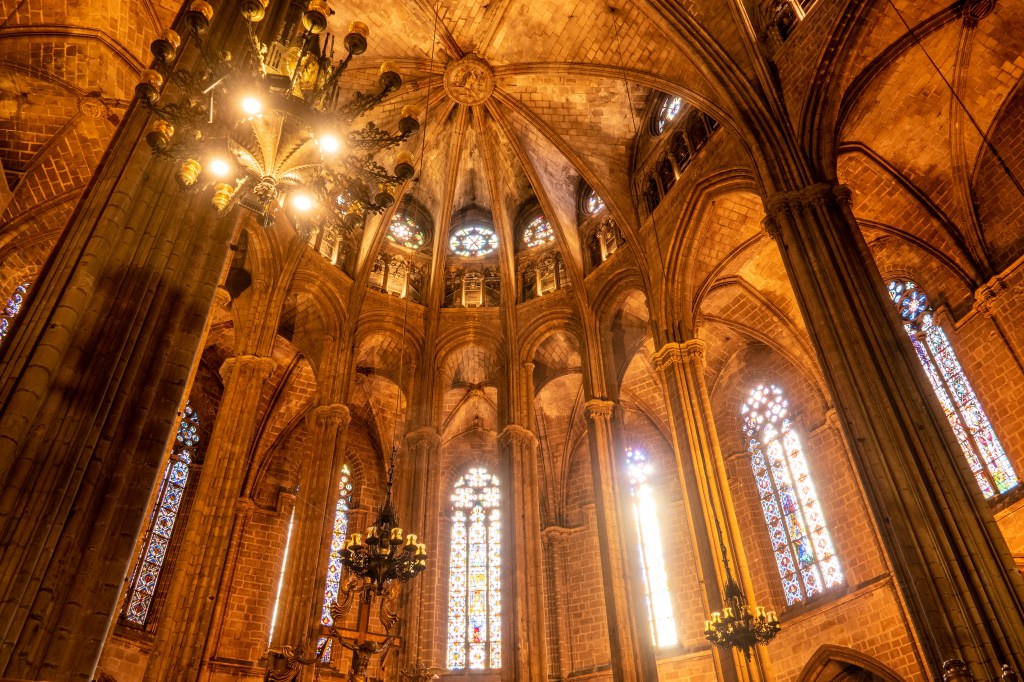
The NX1 maintains its highest frame rate reliably, which I’ve found useful for high-speed action sequences and handheld exposure bracketing alike. It doesn’t have a higher-speed electronic shutter mode like the EOS R7, which can manage up to 30fps once this is engaged, so that is an area in which it shows its age. Regardless, it was considered lightning fast in 2014, and realistically, most people will never require higher burst rates. I also like the option to customise the number of frames per second the Continuous High burst mode captures, from within the shooting menu. For those scenarios where 15fps is overkill, selecting 12, 10, or 8fps instead saves card space when out in the field, which is something to consider with this camera – more on that in a moment.
Impressively, autofocus is maintained even at the highest shooting rates, which for a mirrorless camera of the era, is exceptional. On-sensor Phase-Detection AF was still quite a new technology at its release, and some other camera ranges, namely Panasonic’s Lumix family, wouldn’t see it introduced for nearly another decade. The NX AF System III used in the NX1 is very responsive. There is almost no discernible lag between half-pressing the shutter release or tapping the AF-ON button and the subject snapping into focus. Ok, it’s no match for Canon’s latest Dual Pixel CMOS AF II, supported by all of those clever subject-recognition features, but it finds and holds focus competently in good light.

In low-light settings, things do take a turn for the worse. In dim interiors or once the sun has set, the NX1 occasionally struggles to focus, resulting in the tell-tale AF hunting. Sometimes it just gives up altogether! Equally, it’s not as adept at tracking moving subjects through crowded scenes. When capturing people on the streets of Barcelona recently, the camera would be distracted by foreground objects and shift focus to these when they came between the lens and the subject. Rather than being an age problem, this was a noted weakness of the NX1 at launch, and subsequent firmware updates addressed it to some extent. In short, when it works it’s impressive, and when it doesn’t, you’ll know it.
Another more positive standout feature is the electronic viewfinder. It is a large, clear, and bright unit that makes use of a 2.63m-dot display, the same resolution as the EOS R7. The 0.7x magnification is also respectable, and the amount of shooting information provided is excellent. I especially like the digital focus distance scale, which can be viewed in the EVF or on the main rear LCD.
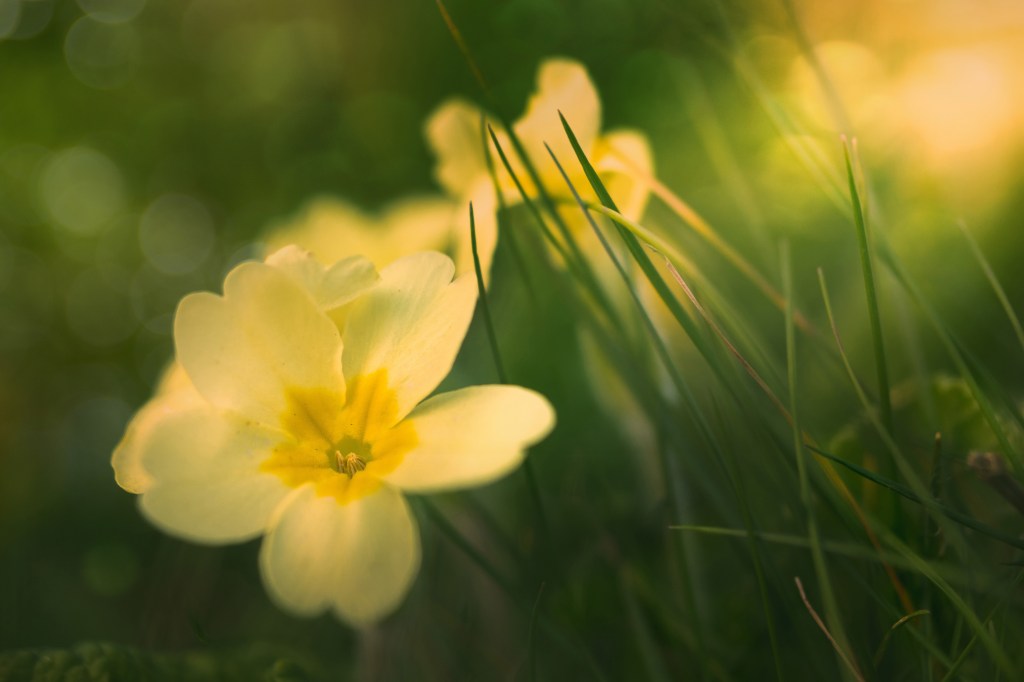
The monitor is a 3-inch model, fully enabled with touch sensitivity. The touch features are all responsive, including the option to trigger the shutter and select a focus point interactively. Again, while the latter is seen as standard today, it was still a progressive move by Samsung. I must admit that the LCD is not my favourite NX1 feature. While 1.04m dots is acceptable today, I find the image can seem a little ‘mushy’ sometimes, which makes judging critical focus in contrasty light a challenge. I often rely on a magnified view through the EVF in bright light instead. Furthermore, the screen is articulated but doesn’t flip through 180°, reducing its usefulness for talking head-style video production or vlogging, but it is fine for stills.
On the subject of storage, the NX1 has only one SD memory card slot, which for a camera capable of shooting 28MP stills and internal 4K video, is a little restrictive. Plenty of contemporary mid-level DSLRs had dual slots so it’s a shame Samsung didn’t provide the option. I’ve managed with single-card cameras for years, but when I’m shooting for magazine assignments or other paid jobs, an in-camera backup facility would give me peace of mind.
Samsung NX1 – Photo quality
Ultimately, all of the advanced features in the world don’t mean anything if a camera can’t use these to create high-quality images, and the NX1 certainly delivers. I’m continuously impressed by the levels of fine detail the sensor can capture, an advantage of squeezing lots of photosites into a smaller area and the fact that the NX1 is built without an optical low-pass filter over the sensor, as standard. In an era when full-frame has arguably become the new standard for enthusiasts and pros alike, a 28MP APS-C format sensor from over a decade ago doesn’t sound that desirable. However, it is supported by Back-side Illumination (BSI) and the advanced DRIMe 5 processor, which together deliver superb photo resolution and noise performance, especially at low sensitivities. I once remember being unable to tell the files apart from those captured with a medium-format camera; the shots are that detailed.

The pixel race of the 2010s often tempted camera manufacturers to push resolution too far, at the expense of noise control. Therefore, the biggest concern I had when considering the NX1 for travel was signal-to-noise ratio above ISO 800, where I have my cameras set a lot of the time when capturing interiors and dark streets. However, while I might avoid the expanded ISO settings, I’m more than happy to shoot at ISO 6400. There is definitely grain present, but it too is fine and, to my eye, is very filmic in its texture. Monochrome images look fantastic, and I’ve even been known to push-process raw files to intentionally extract luminance noise for aesthetic reasons.
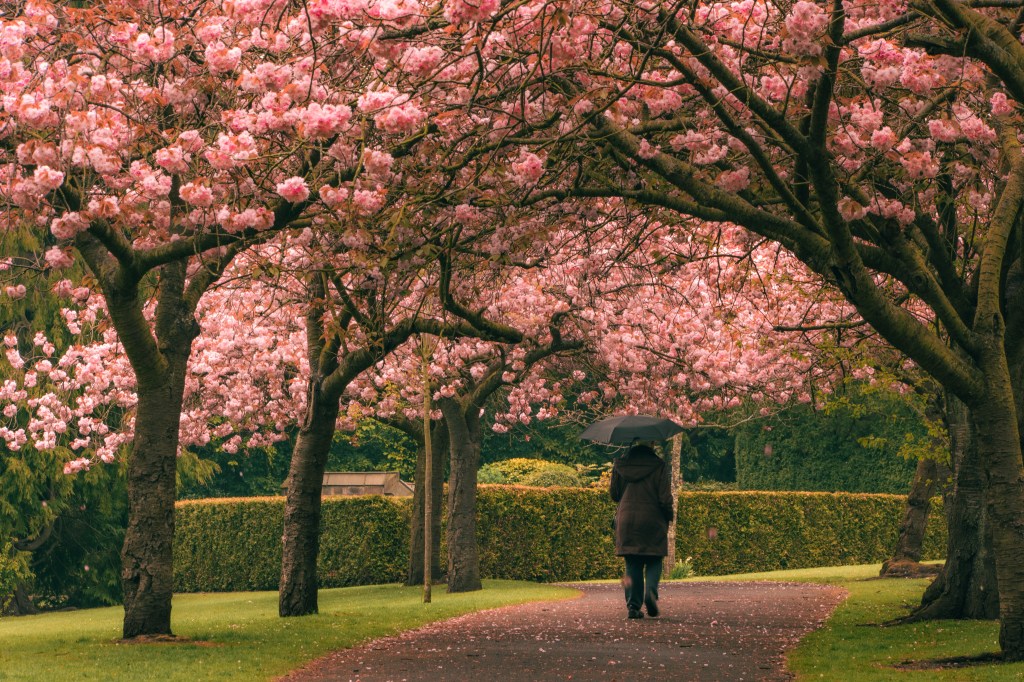
Dynamic range is limited by pixel size, but the camera still captures around 13EV of detail at ISO 100, which is comparable to similar models. Thanks to the NX1’s publicised low ISO-invariance, it’s also possible to underexpose with a low sensitivity setting to protect the highlights and brighten the raw files later, without much of a noise penalty in the shadows. This provides huge latitude for post-processing, and I’ve been able to confidently pull and push my raws in Lightroom to the extremes. Here, you can see the benefit of Samsung, a prolific sensor manufacturer, building its own cameras; the in-house knowledge of CMOS design and trademarked proprietary technologies gave it a head start over Canon and Nikon in solving certain digital problems. The result is image quality from the NX1 (and the NX500, which shared the same sensor) that was unmatched in its class for years.
The auto white balance system is also versatile. Colours are accurate with a smooth gradation, making the camera ideal for portraiture and colourful landscape photography. Sunsets are handled beautifully, although I sometimes find the way the NX1 captures vegetation somewhat ‘sterile’; images don’t quite have the organic feel of Canon or Fujifilm.
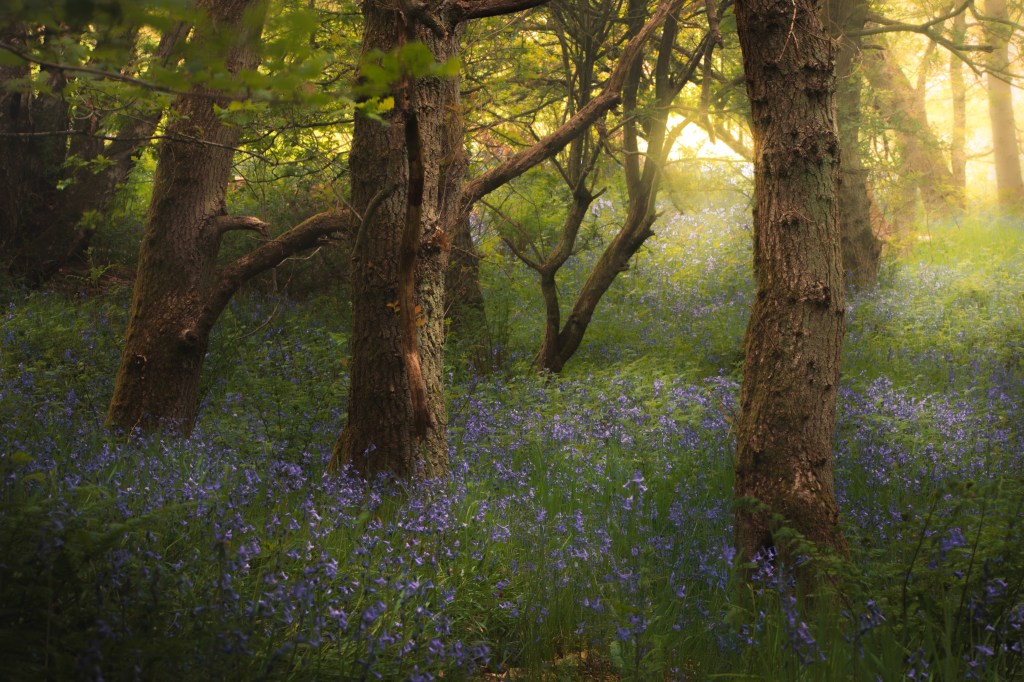
Samsung NX1 – Video quality
The NX1 was one of the first mirrorless cameras to shoot internal 4K video, being released only five months after the Lumix GH4, which won the race. It can turn out a maximum resolution of 4096 x 2160 pixels at 24p. Meanwhile, 50p, 60p, and 120p are available in Full HD (1920 x 1080) for slow-motion capture, although the process for engaging this is a little laborious. Rather than simply selecting the desired resolution and frame rate combination, to attain 60p or 120p you must first place the camera in Manual mode, then choose the 0.5x or 0.25x capture mode from the menu. There’s also no audio capture at the highest frame rate, but high-end filmmakers are likely using an external mic anyway. There is an audio input and headphone port for users in that category.

Video looks of a very high quality, demonstrating the superior noise and colour characteristics seen in stills. The 23.5 x 15.7 mm sensor allows for much better depth-of-field control than a smartphone, so it is ideal for interviews and close-ups. There is no Log mode available on the NX1 and I’m certain that, had Samsung continued to produce cameras, this would have been introduced to its successor. There is a Gamma DR mode, which aims to produce a flat profile for later colour grading, which isn’t the same as Log but is better than nothing.
Samsung NX1 – Summary
The NX1 redefined what an APS-C camera could achieve. It’s packed with features that, four or five camera generations later, we take for granted. Phase-detection AF, high raw buffer capacity, blackout-free EVF, 4K video; they’re all tools which have ensured its longevity, to such an extent that it doesn’t fall far behind the best equivalent cameras on the market in 2025. Using it in the field has been a constant surprise and delight; I regularly discover something I’ve overlooked in a menu that makes me forget when the camera came out. If treated correctly, the image quality can match or even exceed that of a mid-range camera today. Meanwhile, for all the EOS R7’s modern tech, it just doesn’t have the professional handling of the NX1.
This camera was years ahead of the competition and must be one of the finest APS-C models ever produced. It’s an overlooked gem, but this means it represented an absolute bargain for me.

Samsung NX1 – NX lenses
By the time Samsung wrapped up production of the last NX camera, the NX3300, in early 2015, there were eighteen lenses in the family. These spanned all the major focal lengths, from the ultra-wide 12-24mm F4-5.6 ED to the 18-200mm F3.5-6.3 ED OIS superzoom, the latter of which I’ve travelled with extensively. For professionals, the stand-out ‘S’ line uses advanced optics for superior sharpness. It includes the 16-50mm F2-2.8 S ED OIS and, my personal favourite, the 50-150mm F2.8 S ED OIS. Designed for the APS-C format, these lenses offer superb quality in a compact package. Models like my 60mm F2.8 Macro ED OIS SSA feature what Samsung calls i-Function, which allows photographers to adjust camera settings directly from a button on the lens barrel. While I don’t use it often, it’s ideal when you don’t want to take your eye away from the viewfinder. Again, the excellent build and optical quality of the NX lens range make me regret it wasn’t developed further, with an S-line 100-400mm (600mm equivalent) and 250mm (375mm EFL) F2.8.
Related reading:
- What are the best small mirrorless cameras?
- Best used mirrorless cameras around £500
- Compact camera versus mirrorless – which should I take travelling?

